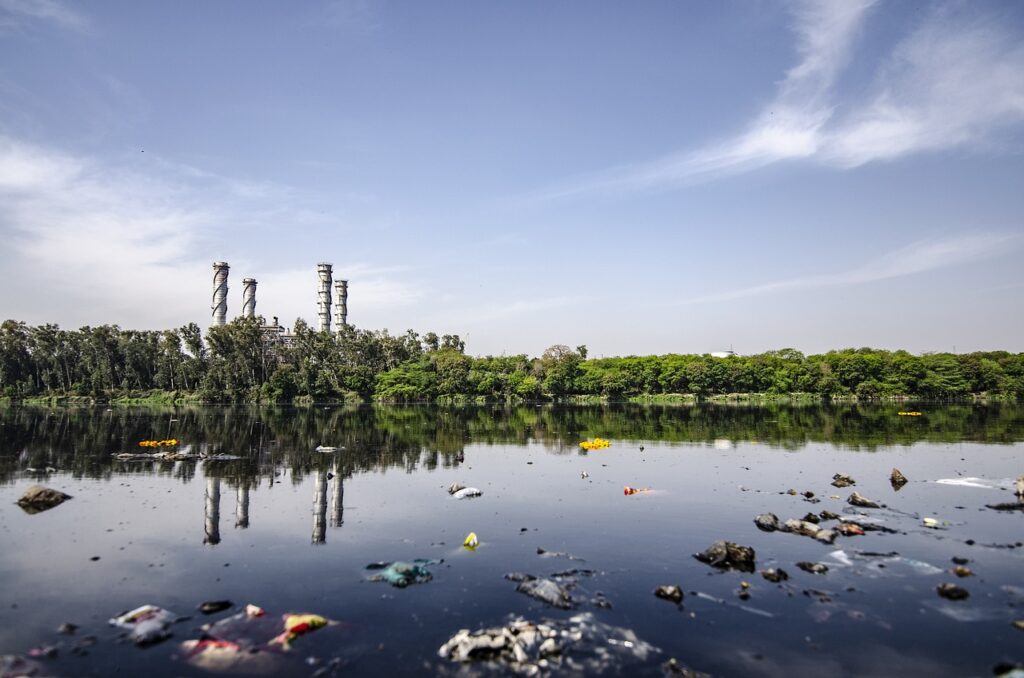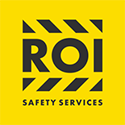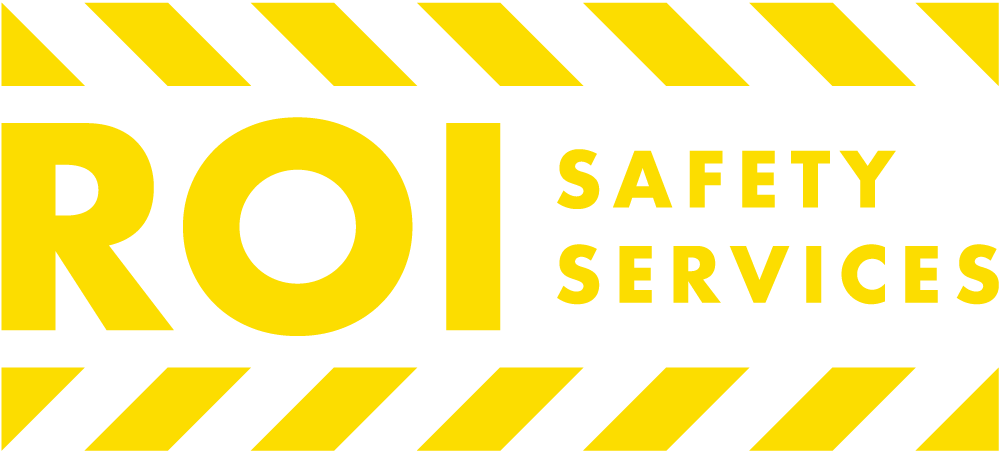
Communities across the globe consider rain a blessing, and most people associate it with the source of life and cleansing.
But the “cleansing” attribute becomes a partial reality when rain falls on a polluted area. While precipitation can clean the tainted space somewhat, it can create even more damage—especially if it’s land pollution.
So, how does this happen? And what steps can you take to minimize the spread of pollutants when it rains? This comprehensive, ten-minute read has the answers.
Events That Unfold When Rain Hits a Polluted Area
The common conception is that rainwater cleans up polluted spaces. However, people fail to consider where the pollutants end up.
Across the globe, rain has caused severe damage to estuaries, streams, and lakes, particularly in areas that have experienced significant soil pollution. Unfortunately, the situation is also taking a toll on numerous parts of the country.
When it rains in a contaminated area, a mix of contaminants drains over our parking lots, driveways, lawns, and streets. We call this “polluted stormwater runoff,” mostly flowing into storm drains—then entering a succession of underground pipes that direct them to the local streams. We often rely on most of these streams for our drinking water.
The steady march of concrete, black tops, rooftops, and other impenetrable surfaces further exacerbate the problem. With fewer unpaved sections to filter this runoff and allow it to sip into the soil, the polluted runoff will always end up in our precious water bodies.
Does Rain Clean the Air? If It’s Raining, Go for a Walk!
Rain has an entirely different impact in areas with air pollution. In fact, instead of withdrawing to your couch and blanket to read or watch a film, consider braving the elements to visit an interesting outdoor spot.
Because precipitation dissolves and washes away the pollutants and pollen, air quality improves significantly.
This occurrence is called wet deposition. Wet deposition is the natural phenomenon where atmospheric hydrometeors (snow, rain, fog drops, and clouds) remove or “scavenge” material in the air and deliver it to the earth’s surface.
Moreover, windy rain can help the situation by blowing the pollution away to prevent accumulation. Locations next to oceans and seas sometimes get an edge because windy storms bring in relatively cleaner air from the water bodies.
Precipitation can create a great environment to get your steps in—considering exercise enhances physical and mental health. Thus, dull gray days can add wellness to your life.
However, there’s a cost to it!
While rain has excellent potential to reduce the impacts of air pollution, it can be a double-edged sword. Dissolving the pollutants mostly leads to acid precipitation.
This broad term encompasses any form of precipitation containing acidic components, whether snow, rain, hail, fog, or dust. Moreover, a windy storm can introduce new pollutants to your area.
What Can Be Done?
Unfortunately, rainwater often carries pollutants directly into bodies of water instead of returning to the ground for soil and plants to naturally clean and filter it. Because of the nature-provided water cycle, the water we currently use and pollutant-filled runoff in the storm drain are essential for future use. Therefore, we must take practical remediation steps to clean it, reduce pollution, and save water.
So what can be done?
The first, most practical step is stopping the pollutants at the source. Other solutions include:
Leverage Green Stormwater Infrastructure
This approach can collect, store and release polluted runoff into natural cleansing systems before it joins groundwater or streams.
Use Water-Friendly Landscaping
Proper landscaping can slow the polluted rainwater, collect it, and filter it to reduce the impacts of runoff pollution. The most effective techniques include the following:
- Use water-retentive soil – Soil rich in organic material has a higher water retention rate and is superb for growing.
- Terracing – Instead of slopped terrain that spreads polluted water faster, this method creates vertical walls and level soil for faster absorption into the ground.
- Rain barrels or cisterns – Collecting rainwater in multiple barrels and cisterns is a cost-effective and easy way to limit pollutant spread.
- Porous surfaces – Installing more permeable surfaces means more water will penetrate the ground for natural filtration.
- Artesian wells – These loose rock-filled holes are also called dry wells, and you can direct polluted rainwater into it for gradual absorption into the soil.
- French drains – a drainage ditch with loose rock and perforated piping that guides polluted rainwater into safe storages like artesian wells.
- Rain gardens and bioswales – These work like sponges, soaking up polluted rainfall and releasing it slowly. The garden’s vegetated swale uses most of this water, allowing the rest to drain slowly and seep into the ground.
- Green roofs – low-maintenance lawns or gardens on the top of buildings that maximize energy efficiency, catch polluted rainwater, filter it and make it useful.
- Trees and shrubs – Vegetation cleans the air by supplying it with oxygen. Trees and shrubs also hold tremendous water, as foliage reduces runoff and the roots absorb lots of the precious liquid.
Prevention is Always Better Than Cure
The above strategies can significantly limit the impact of rain in a polluted area. However, the best solution is to prevent the disaster from actually occurring. This is where a Stormwater Pollution Prevention Plan (SWPPP) comes in.
In essence, this is a written document comprising the standard rules and policies that members of a facility heed to limit pollution. The guidelines identify all the activities and conditions that could cause or exacerbate pollution.
Even the best preparations sometimes go wrong. So when creating the rulebook, company executives primarily focus on preventative measures, including the right tools to stop a release and minimize its impact. Therefore, an SWPPP strategy is a must-have for pollution-prone projects.
Professional SWPPP Assistance Can Be Handy
Rain can have severe implications if it hits a polluted area. But as you’ve learned, the proactive SWPPP approach can lower the risk significantly.
Need help getting started? Don’t fret; you’re on the right site.
ROI Safety Services offers full-service OSHA training and safety practices to help you minimize the dangers of polluted stormwater runoff. Thousands of workers in hazardous plants count on our health and safety services.
Call us at (714) 520-1608 for help mitigating, regulating, and eliminating safety hazards.

